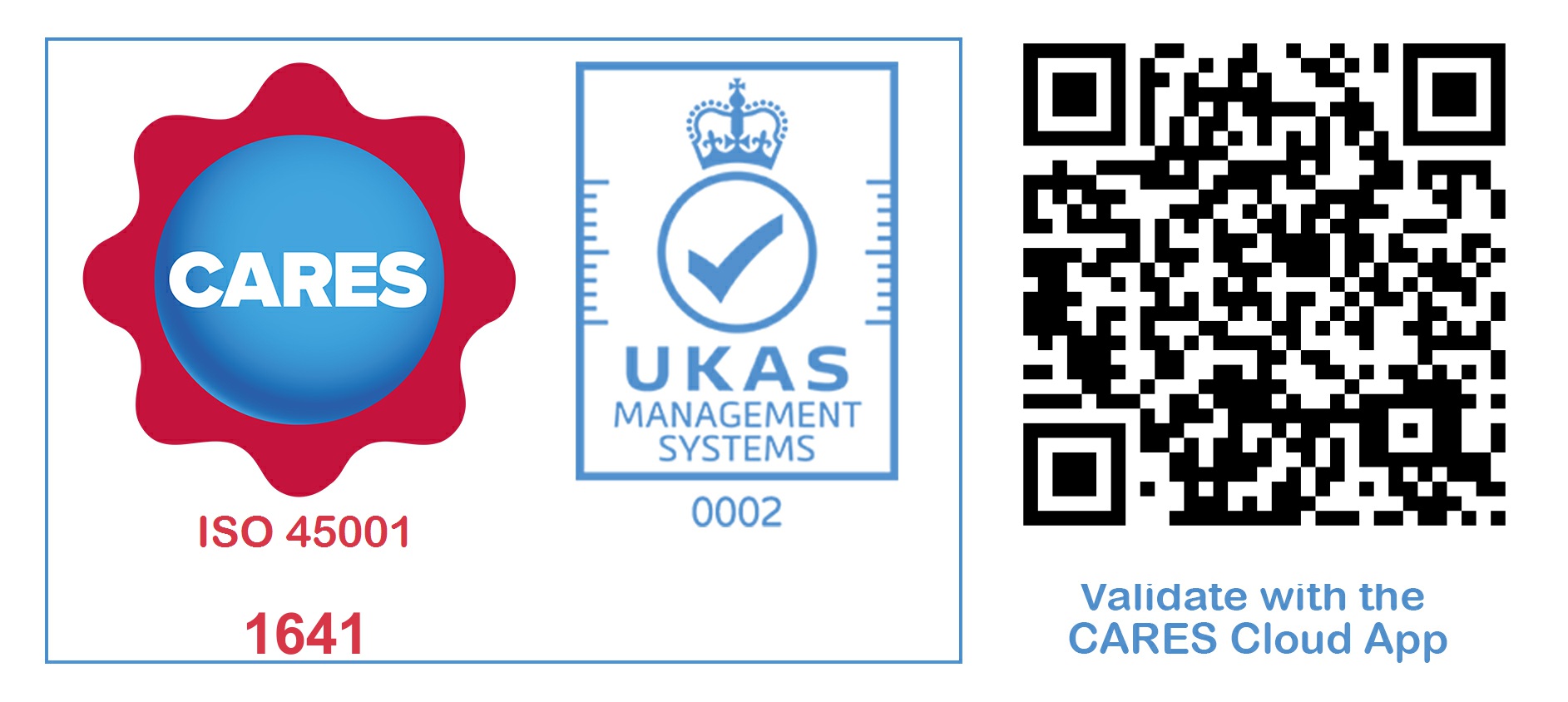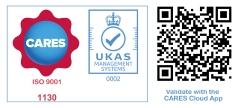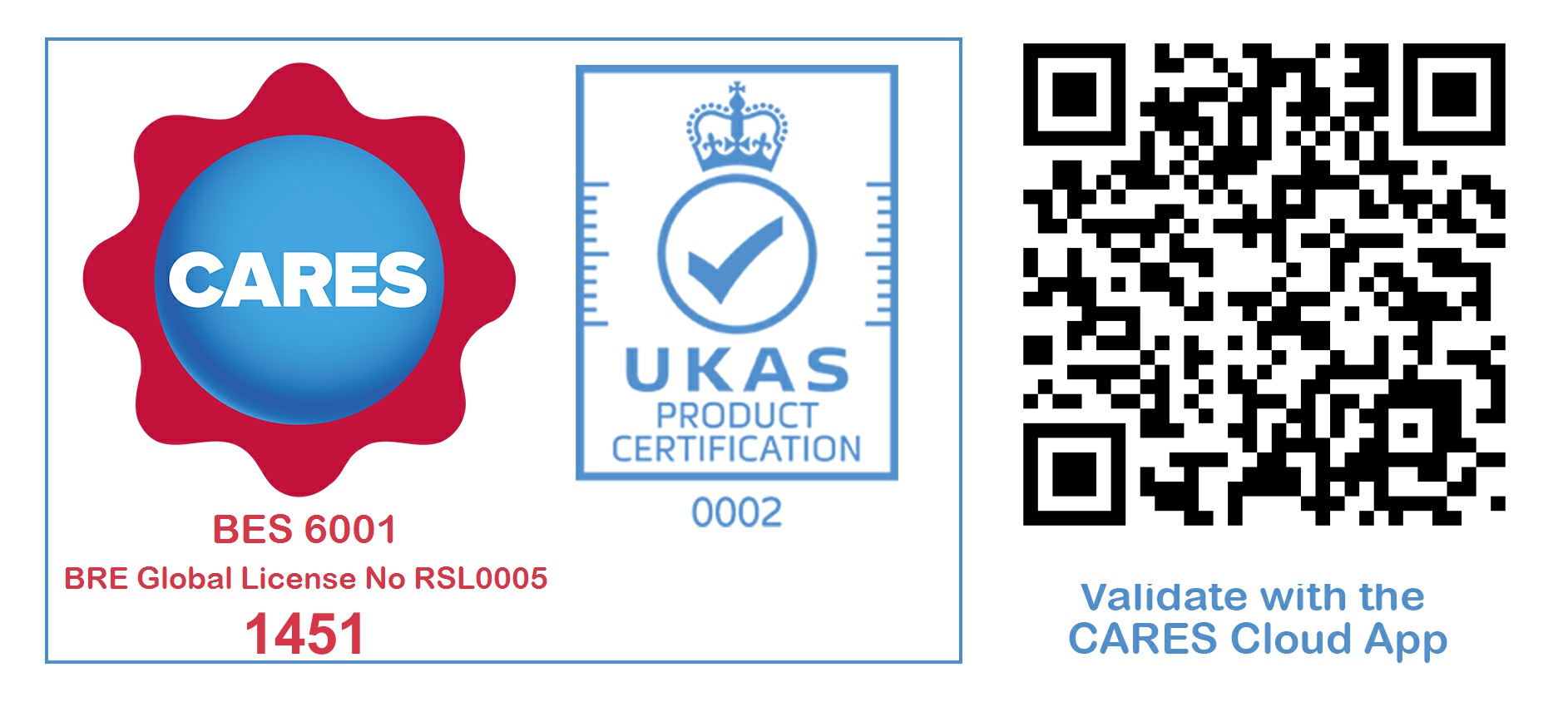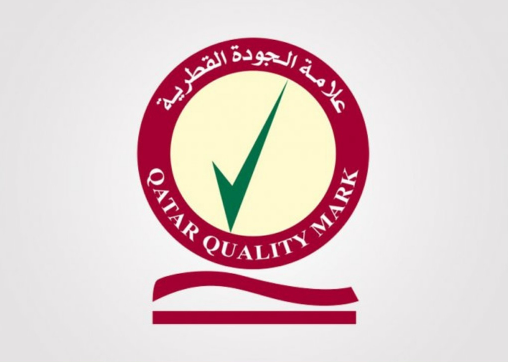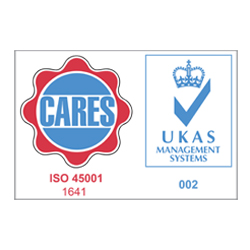Employee and Contractor Safetyold
Since the introduction of the AMAN Safety Transformation Program in 2016, Qatar Steel has experienced great improvements in its employee safety performance. In 2016, the focus was on the first phase of the program, in which a top-down approach was adopted and driven by the leadership. Concurrently, a bottom-up approach was adopted, addressing shop-floor employees to strengthen the safety culture. A Risk Identification and Mitigation Program was launched, that formed task teams across different departments to go in the field and identify the risks. Then, a mitigation plan was developed and followed up on in weekly meetings.
Qatar Steel leadership engaged in a Safety Leadership Development Program. During the program, the top 40 executives and managers of the company demonstrated their commitment and passion for safety through Visible Felt Leadership coaching sessions in the field. The company also increased its senior management presence in the field by instating a weekly Management Safety Walk to identify and mitigate risks at sites.
In 2017, the focus shifted towards building the systems and to enhance the capabilities required to support a cultural transformation within the company.

Building Safety Systems
Qatar Steel has developed and reinforced key safety systems, which were achieved through cross-functional task teams covering all departments while tailoring best-practices to the specific needs of the business. The following highlights some of the key systems implemented as part of the AMAN program:
- Permit to Work: Qatar Steel upgraded its permit to work system to take it from a paperwork exercise to an impactful system ensuring that work is recorded and conducted in a safe, coordinated and consistent manner. This was done by making site risk assessment essential for the start of work as well as ensuring that both the issuing and executing agency are involved in site verification before and after the work is done. Moreover, execution supervision is required at all times in the new system to ensure work is executed in a safe manner and process steps are complied with.
- Risk Assessment: Qatar Steel revamped the way that risks are assessed in the plants by shifting from a compliance-based process to a risk-based one with a clear process flow and roles & responsibilities. The revamped system is aimed at effectively and sustainably reducing the risk in the field beyond the documentation of hazards and risks.
- Lock-Out and Tag-Out (LOTO): Qatar Steel introduced a positive isolation system named Lock-Out and Tag-Out to strengthen and safeguard our maintenance jobs, which is a major breakthrough for the company.Our leadership took the decision to implement the system regardless of all the technical challenges, strongly placing employees’ lives and well-being at the top of its agenda.
- Contractor Safety Management: Qatar Steel put together a comprehensive system to manage contractors, not only during job delivery, but across the entire value chain from pre-selection to contract signature, training, execution and feedback. The system is equipped with a pre-qualification scoring mechanism that will evaluate contractors during the tendering stage.
- Safety Governance: Qatar Steel developed a robust governance structure that links top management to shop floor in a structured manner, with clear reporting lines and mechanisms. The purpose of the upgraded governance structure is to drive messages, concerns and progress from the bottom-up, and cascade decisions top-down while ensuring an effective process. The governance system is equipped with a set of leading and lagging KPIs and dashboards to measure and monitor safety performance in an effective, structured and sustainable manner to drive decision making.
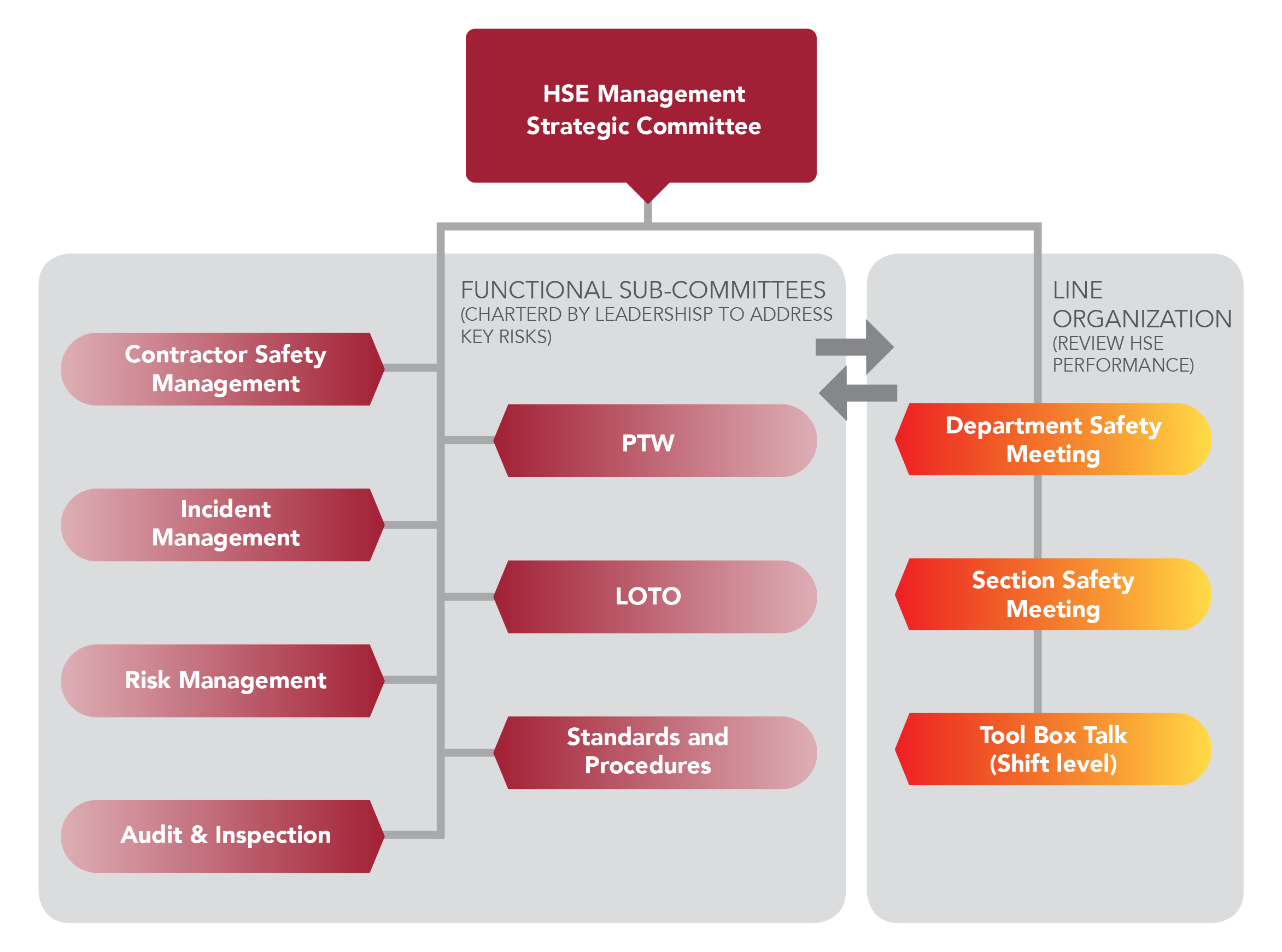

| Safety Performance – Employees | ||||
|---|---|---|---|---|
| 2015 | 2016 | 2017 | ||
| Work-Related Fatalities | 0 | 0 | 1 | |
|
Lost Time Injury Frequency Rate (LTIFR)
|
2.3 | 0.5 | 1.1 | |
|
Reportable Injuries
|
49 | 23 | 14 | |
|
Reportable Cases (TRC)
|
14 | 30* | 21 | |
|
Man-Hours Worked
|
4,340,327
|
3,943,960
|
3,743,864
|
|
|
Lost Time Injuries
|
10 | 2 | 3 | |
|
Medical Treatment Cases
|
39 | 21 | 10 | |
|
Near Missed Reported
|
326 | 811 | 451 | |
|
First Aid Cases
|
25 | 7 | 7 | |
| * This figure is reported differently from that in the 2016 report, as a result of improvements in our calculation methodology. | ||||

| Safety Performance – Contractors | ||||
|---|---|---|---|---|
| 2015 | 2016 | 2017 | ||
| Work-Related Fatalities | 2 | 0 | 0 | |
|
Lost Time Injury Frequency Rate (LTIFR)
|
5.8 | 2.0 | 1.1 | |
|
Reportable Injuries
|
37 | 16* | 12 | |
|
Reportable Cases (TRC)
|
– | 37* | 26 | |
|
Man-Hours Worked
|
2,059,200
|
2,544,671*
|
3,521,458
|
|
|
Lost Time Injuries
|
12 | 5 | 4 | |
|
Medical Treatment Cases
|
25 | 11* | 8 | |
|
Near Missed Reported
|
0 | 384 | 451 | |
|
First Aid Cases
|
20 | 21 | 14 | |
| * This figure is reported differently from that in the 2016 report, as a result of improvements in our calculation methodology. | ||||














